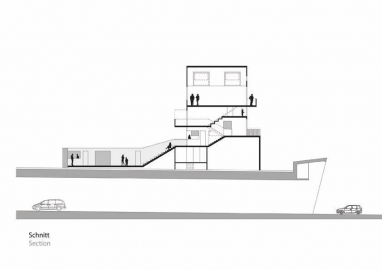Bellevue - The Yellow House (dismantled)
A temporary structure erected over the municipal autobahn was offering new perspectives of Linz.
In the scope of Linz 2009 European Capital of Culture, Peter Fattinger, Veronika Orso and Michael Rieper installed a transient experiment in public space on the periphery of the city.
One of the most recent large-scale modifications to the traffic infrastructure in Linz was the enclosure of the municipal autobahn traversing the Bindermichl and Spallerhof districts. Since 2005 tunnels have been confining the flow of traffic, enabling nearby residents to look out upon the greenery of the newly created landscaped park. Amidst this constructed idyllic scene a temporary structure has been erected: BELLEVUE Beautiful View, a house at the rim of the Autobahn. To the one side a view of the never-resting autobahn emerged, on the other a sweeping view of the park. Reflecting the proportions of the surrounding residential buildings, the monochrome yellow structure embodied a protective shell for the functions it harbored, housing quarters for guest artists, an info kiosk, a cafeteria with terrace, bicycle rental, working space, exhibition space, a media room, a library, and a public stage. In total the multi-storey wooden frame construction, covered with yellow painted chip-boards, provided over 400 m2 of usable space to its visitors. From June 25th to September 13th 2009 more than 30.000 visitors walked through the different floors of the public house.
Fattinger, Orso, Rieper not only acted as architect, but also as programme curator and organizer of BELLEVUE, resulting in a programmatic condensation of the project and expanding on the traditional position of the architect as service provider. Daily events turned BELLEVUE into a hub of artistic interaction that invited residents, passersby, and other interested parties to see, communicate, and acta stage that was routing and changing perspectives on the existent. Conventions were detected and endued with explorative questions, with the answers following in the form of interventions and actions. A temporary landmark that facilitated both the spectacular and the commonplace. Residents, scholars, and artists came together to develop projects and to explore the culture and the features of the neighboring districts. Everyday phenomena in the Bindermichl and Spallerhof districts of Linz were thematized and reflected uponand this in a diversified way: through producing, documenting, cooking, dancing, gardening, writing, listening, and watching. BELLEVUE was transformed into a collective experience that linked history with the present and culture with everyday life.

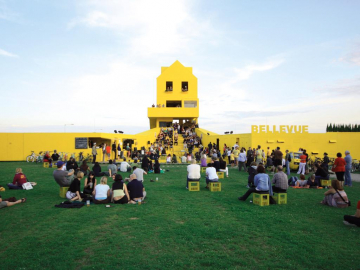
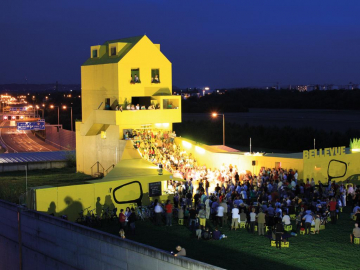
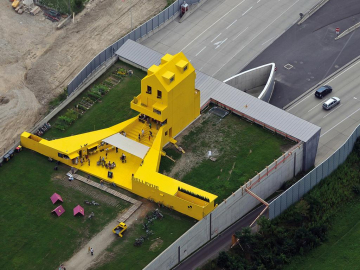
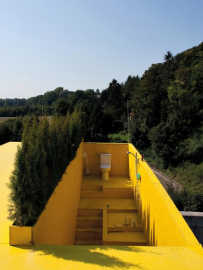
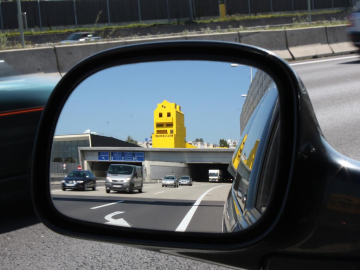
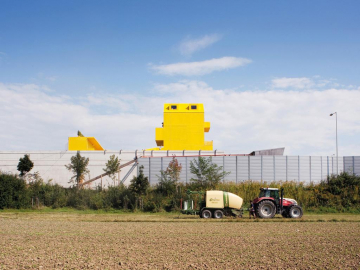
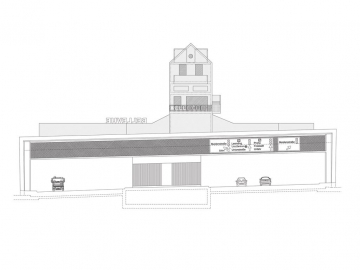
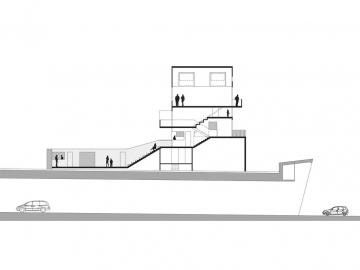
 copy.jpg)
